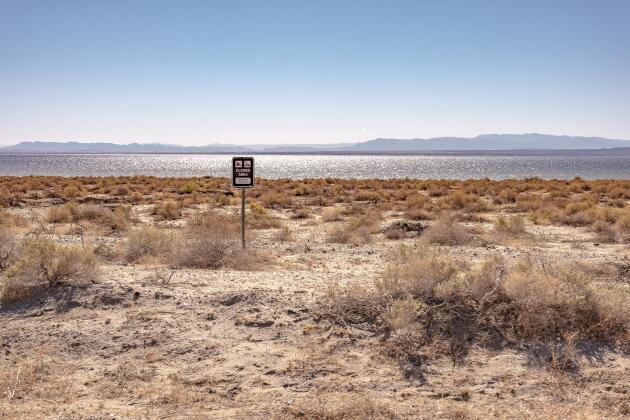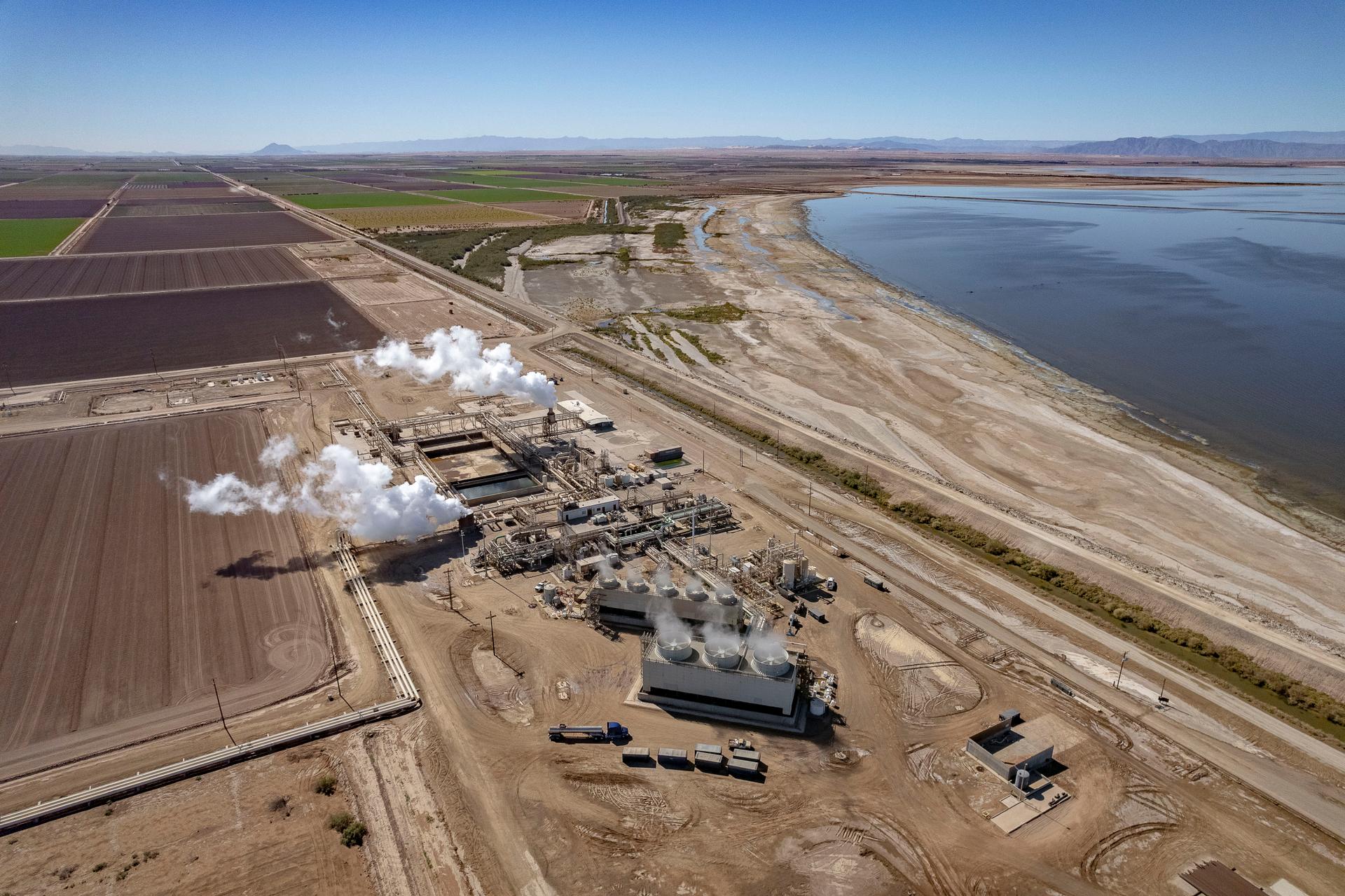ReportageIn a two-part survey, “Le Monde” recounts the rush for lithium, essential for the manufacture of electric cars. Part two: the interior lake of southern California conceals significant lithium resources for which the candidates for exploitation are scrambling.
At 69 meters below sea level, the Salton Sea is the new American lithium frontier. In fact of “sea”, it is about an immense inland salt water lake, in the south-east of California. A strange no man’s land, between Palms Springs, the golf capital of the world – 130 courses of Norman grove green in the middle of the desert – and Brawley, 40 km from the Mexican border, a village of farm workers with 85% Latinos. In 1896, the first settlers gave the region the name “Imperial Valley”. Their descendants made it a vegetable garden that supplies all of America with lettuce, asparagus and melons. Today, the Salton Sea is one of the promised lands of the fight for the climate: it harbors huge resources of lithium, the metal essential for the manufacture of electric cars.
With his feet in the gravel, Jim Turner walks around the owner of Hell’s Kitchen, a hill that dominates the coastline surrounded by white silt. The Controlled Thermal Resources energy group began on November 15. A first well which will go down to 2,430 meters deep and will be operational in 2022. The earth is plowed with trenches. Flints appear. The dust begs to take advantage of the wind to spread the toxic particles that give Imperial Valley one of the highest rates of respiratory disease in the country.

The blue sky is covered with immaculate white feathers: it is the steam that escapes from the 11 geothermal power stations (49.9 megawatts) built since 1982. The Salton Sea is home to the largest reservoir of geothermal energy in the world. United States. The San Andreas seismic fault, which crosses California for 1,200 km, stops there, near a former seaside resort that is now a ghost, Bombay Beach, where a community of desert artists organizes an annual “Biennale”. »To ephemeral works made of wrecks and objects eaten away by salt.

Hell’s Kitchen owes its name to an adventurer named Charles Davis, who opened a saloon there in the 1920s, when geysers were still in operation. Thirty years later, the “sea” had become the “Desert riviera For Hollywood celebrities. There were marinas, fancy hotels, cormorants, pelicans. Today, we hardly dare to approach the water, guarded by signs: “Forbidden to enter”. The steps sink into the « playa », the residue from the drying up of the lake.
You have 76.69% of this article to read. The rest is for subscribers only.





